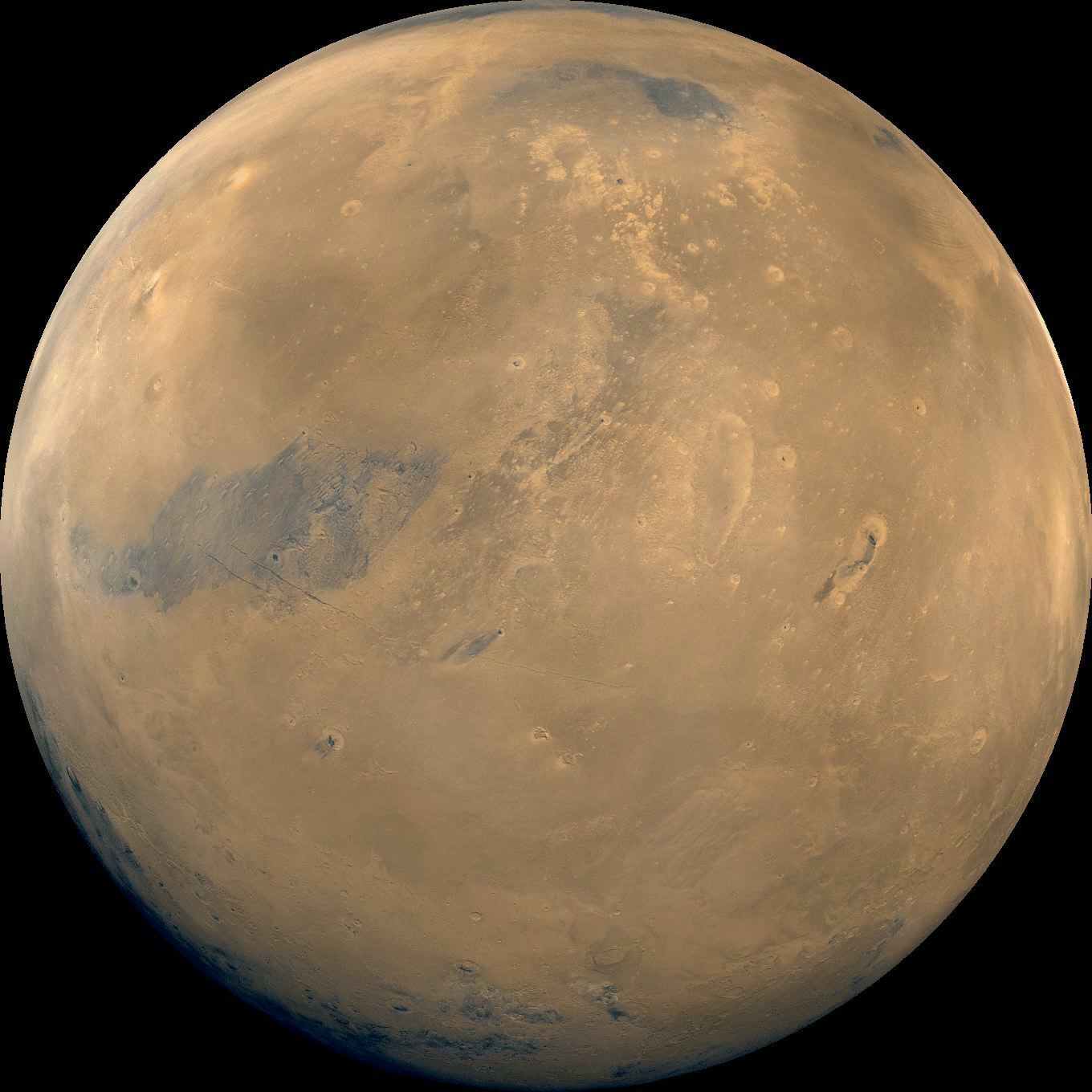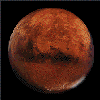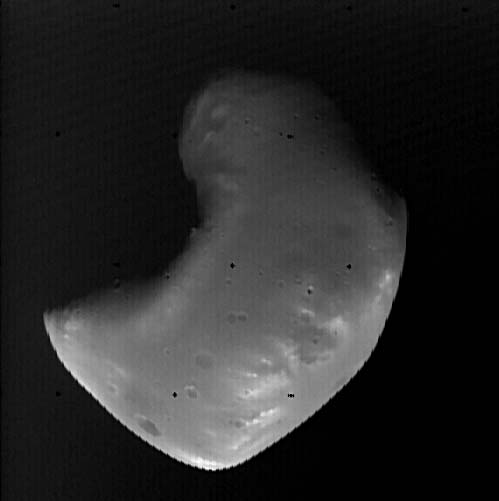 |
| Mars |
| Mars - the red planet |
| Other than earth, Mars is perhaps the most studied planet in the solar system. Images from ground-based telescopes and space probes indicate that the surface of mars has a rich geologic history. Much of our knowledge of mars has come from information gathered by the Viking1 and Viking 2 spacecraft that landed on mars in 1976 and from the pathfinder spacecraft that landed on mars 1997. Because of its thin atmosphere and its great distance from the sun, Mars is a cold planet. Mid-summer temperatures recorded by the pathfinder lander ranged from –13 to –77 degree C. the atmosphere of Mars is so thin that the air pressure at the planet’s surface is roughly equal to the pressure 30 km above earth’s surface – about three times higher than most planes fly. The pressure of Mars’s thin atmosphere is so low that any liquid water would quickly boil away. The only water you’ll find on mars is in the form of ice |
 |
 |
| Mars statistics Distance from sun 1.52 AU (12.7 light-minutes) Period of rotation 24 hours, 37 mintues Period of revolution 1 year, 332 days Diameter 6,794 km Density 3.39 g/cm cube surface temperature -123 to 37 degree C. Surface gravity 38% of earth's |
| Moons of Mars |
 |
 |
| Mars’s two moons, Phobos and Deimos, are both small satellites that have irregular shapes. The two moons have very dark surfaces that reflect even less light than asphalt dose. The surface materials are very similar to those found in asteroids, and scientists speculate that these two moons are probably captured asteroids |